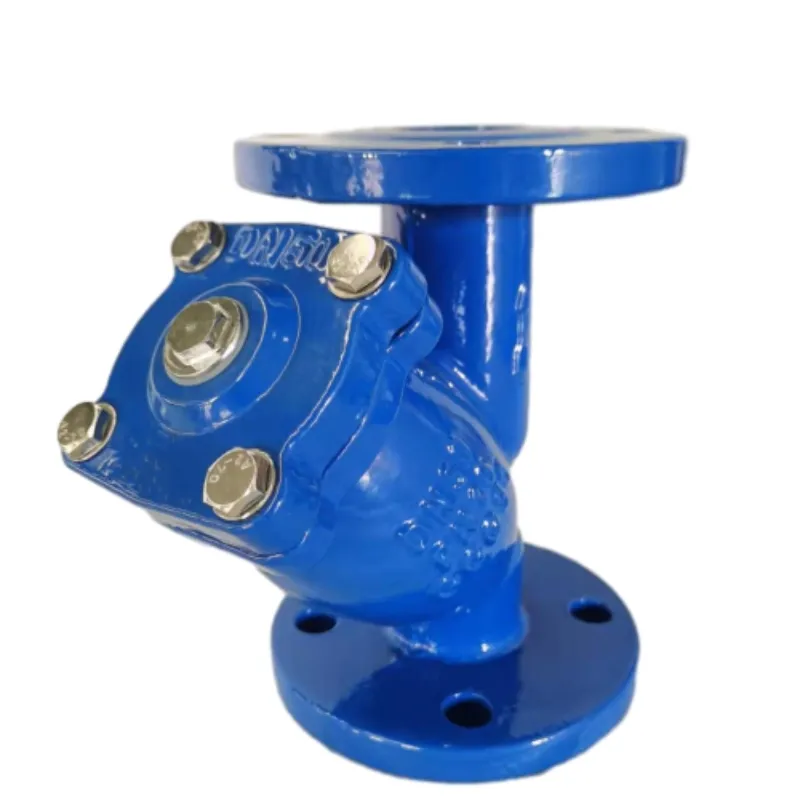Exploring the Importance and Functionality of Bollards in Urban Road Design and Safety Measures
The Role of Bollards in Road Infrastructure
Bollards, often overlooked in the grand design of urban landscapes, serve a crucial role in road infrastructure and urban safety. These short, sturdy posts are strategically placed along roadways, sidewalks, and pedestrian areas for a variety of functional purposes, ranging from traffic management to security enhancement. As urban areas become more congested and complex, the importance of bollards only continues to grow.
One of the primary uses of bollards is to guide vehicular traffic safely and efficiently. They are commonly placed to delineate lanes, prevent vehicles from encroaching into pedestrian zones, and protect public spaces like parks and plazas. By creating clear boundaries, bollards help reduce the risk of accidents and improve the overall flow of traffic. In densely populated areas, they can act as a physical barrier that delineates where vehicles should stop and where pedestrians can pass safely, ensuring a harmonious coexistence between different modes of transport.
The Role of Bollards in Road Infrastructure
Moreover, bollards contribute to aesthetic enhancements within urban design. While their primary purpose may be utility, bollards come in a variety of styles, colors, and materials. This allows city planners and designers to choose options that complement the surrounding architecture and landscape. Decorative bollards can enrich the visual appeal of streetscapes while maintaining their functional roles. For example, in historical districts, traditional-style bollards can evoke a sense of nostalgia and character, while modern designs can enhance contemporary urban settings.
bollard in road

In addition to traffic management and security, bollards can provide essential information to motorists and pedestrians. Some bollards are outfitted with reflective materials, LED lights, or signage that improve visibility during nighttime or adverse weather conditions. They can be used to mark entrances, warn of hazards, and provide directions, enhancing overall navigation for users.
Environmental sustainability is also a growing consideration in the design of bollards. Many modern installations integrate environmentally friendly materials or incorporate features like solar-powered lights. This not only reduces the carbon footprint associated with urban infrastructure but also promotes green design principles within city planning.
Despite their utilitarian nature, the conversation about bollards must also consider their implications for accessibility. It is crucial for urban designers to ensure that while bollards serve to protect, they do not obstruct pathways for people with disabilities or strollers. Emphasizing universal design principles can ensure that all urban residents can navigate public spaces safely and comfortably.
In conclusion, bollards are more than mere posts placed along roadways; they are vital components of urban infrastructure that enhance safety, direct traffic, beautify urban spaces, and contribute to sustainable design. As cities continue to evolve, the thoughtful integration of bollards into road design will be essential in creating safe, efficient, and visually pleasing urban environments. Their multifaceted roles make them indispensable in the ongoing quest for smarter urban planning and enhanced public safety.
-
Square Sewer Cover Enhances Urban SafetyNewsAug.01,2025
-
Pipe Fitting Requires Precise AlignmentNewsAug.01,2025
-
Manhole Step Is DurableNewsAug.01,2025
-
Manhole Cover Is Found WorldwideNewsAug.01,2025
-
Hole Cover Frame On RoadsNewsAug.01,2025
-
Gully Grate Improves Road SafetyNewsAug.01,2025
-
Man Hole Cover Round Load CapacityNewsJul.31,2025
